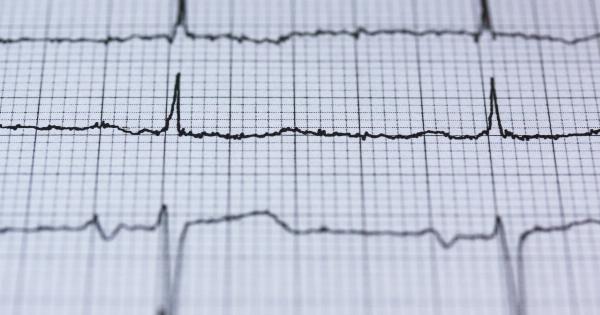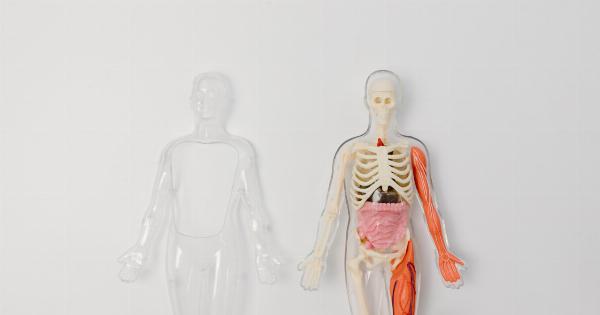Heart attacks are one of the leading causes of death in the world today. Every year, millions of people suffer from this life-threatening condition, and early detection is key to reducing the mortality rate.
In recent years, medical researchers have been developing new techniques for detecting the early signs of a heart attack, and one of the most promising of these is tomography.
Tomography is a medical imaging technique that allows doctors to see inside the body in three dimensions. By using X-rays, high-frequency sound waves, or radioactive materials, doctors can create detailed images of the heart and other organs.
These images can help doctors to detect the early signs of a heart attack, such as blocked arteries, before they become life-threatening.
What is the New Tomography Technique?
The new tomography technique that is now being used to predict heart attacks is called CT coronary angiography. This technique uses a combination of X-rays and a special dye that is injected into the bloodstream.
The dye allows doctors to see the blood vessels in the heart in great detail, and the X-rays create a three-dimensional image of the heart.
CT coronary angiography has several advantages over other imaging techniques that are currently used to detect heart disease.
One of the main advantages is that it is non-invasive, meaning that it does not require the insertion of a catheter into the body. This makes it a much safer and more comfortable option for patients.
How Accurate is CT Coronary Angiography?
Research studies have shown that CT coronary angiography is highly accurate in predicting the likelihood of a heart attack.
In one study, researchers compared the results of CT coronary angiography with those of traditional stress tests, which are often used to detect heart disease. They found that CT coronary angiography was more accurate in detecting blocked arteries and other signs of heart disease, and it was also better at predicting the risk of a heart attack over the next 6 years.
CT coronary angiography is also very fast and convenient. The entire test can be completed in just a few minutes, and patients can go home immediately afterward.
This makes it a great option for people who are concerned about their heart health, but who don’t want to spend a lot of time in the hospital or have invasive procedures.
Who Should Get CT Coronary Angiography?
CT coronary angiography is a great option for people who are at risk of developing heart disease, or who are experiencing symptoms of heart disease. Some of the most common risk factors for heart disease include:.
- Age
- High blood pressure
- Diabetes
- High cholesterol
- Smoking
People who have a family history of heart disease are also at higher risk, as are people who are overweight or inactive.
If you have any of these risk factors, or if you are experiencing symptoms such as chest pain or shortness of breath, you should talk to your doctor about getting a CT coronary angiography.
Are There Any Risks Associated with CT Coronary Angiography?
Like any medical test, CT coronary angiography does carry some risks. The main risk is exposure to radiation, which can increase your risk of cancer over time.
However, the amount of radiation used in a CT coronary angiography is relatively low, and the benefits of the test usually outweigh the risks.
The dye that is injected into the bloodstream can also cause allergic reactions or kidney damage in some people. However, these side effects are rare, and your doctor will take steps to make sure that you are safe during the test.
Conclusion
CT coronary angiography is a new tomography technique that is proving to be very effective in predicting heart attacks.
By using a combination of X-rays and a special dye, doctors can create three-dimensional images of the heart that can detect blocked arteries and other signs of heart disease. The test is fast, convenient, and non-invasive, making it a great option for people who are concerned about their heart health.
If you have any of the risk factors for heart disease, or if you are experiencing symptoms, talk to your doctor about getting a CT coronary angiography.



























